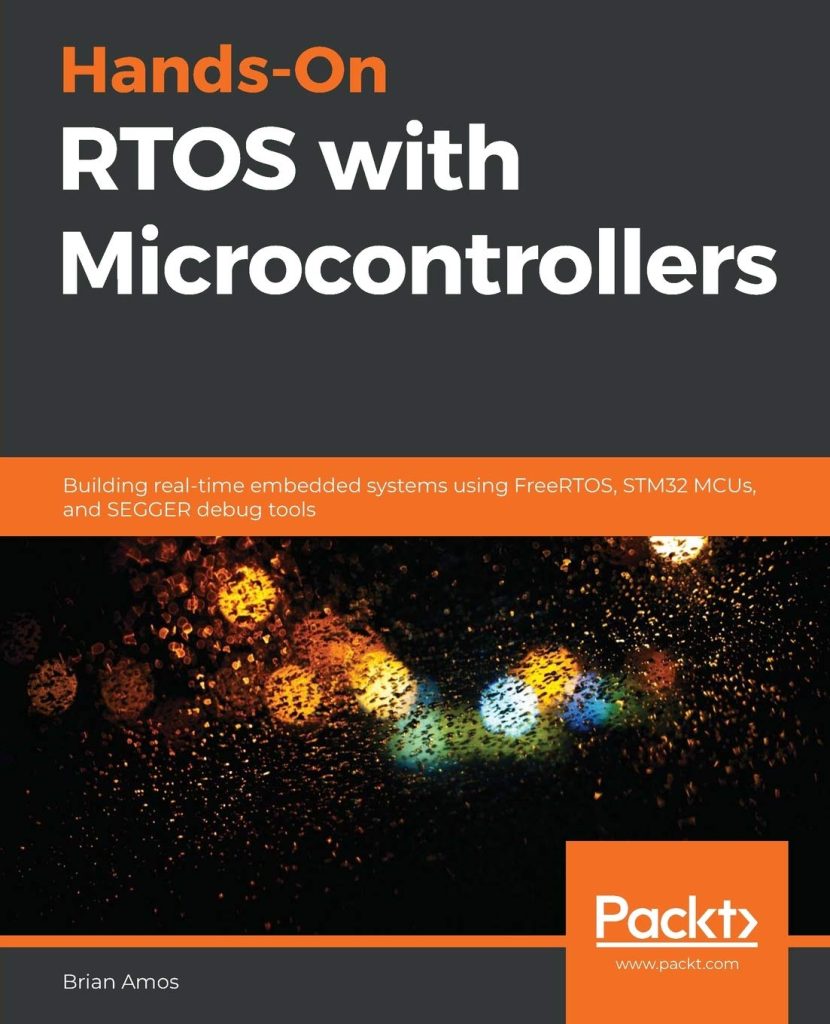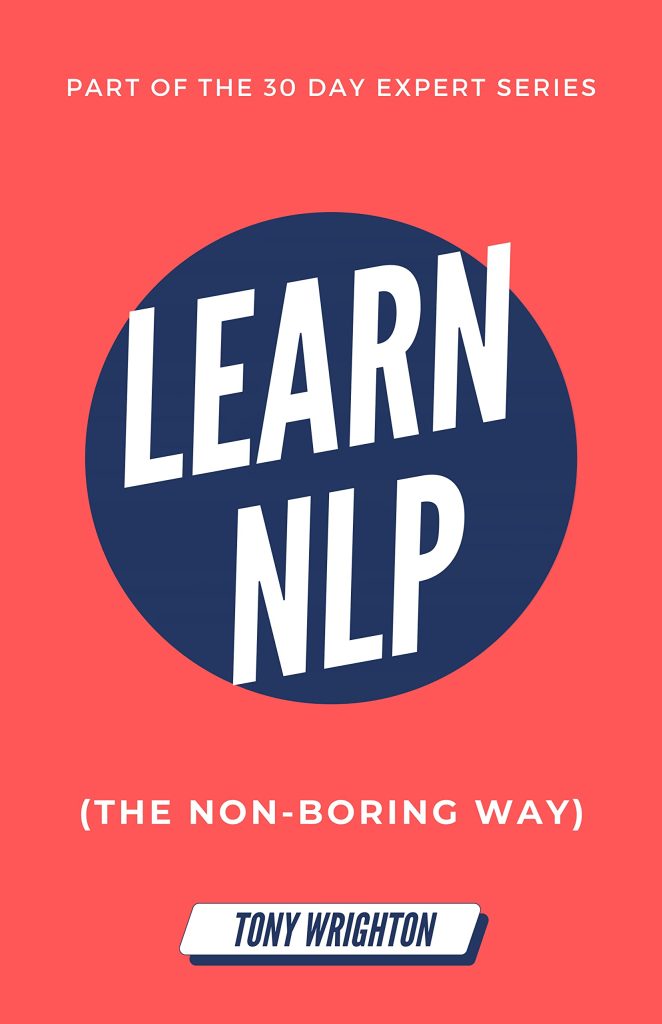
In today’s digitized era, the Internet of Things (IoT) and Java have a significant role. In simpler words, the Internet of Things (IoT) refers to the network of devices or objects that are interconnected, thereby transforming the way we live. IoT devices are everywhere and they cover a wide array of domains including home appliances, vehicles, medical devices, industrial machinery, and more.
Java, on the other hand, is a commonly used programming language, known for its ‘Write Once, Run Anywhere’ policy. It offers an array of libraries packaged into it that can be leveraged to ease development and reduce time effort. Its stability, scalability, easy debugging, substantial community support, and built-in garbage collection make it perfect for IoT solutions.
Let us dwell more on why Java is an ideal language for IoT.
- Scalability: Java’s cross-platform functionality makes it easier to scale up or down as per requirements on any device.
- Security: Java’s robust security management reduces the risk associated with connecting devices over the internet.
- Versatility: Java allows for writing software for just about any type of device, be it wearables, vehicles, appliances or universally integrated systems.
A significant part of Java’s usefulness in IoT applications is its ability to communicate with these devices. One of the primary protocols used for this communication is MQTT (Message Queuing Telemetry Transport). MQTT is a messaging protocol which is designed to be lightweight, open, simple and easy-to-use. It allows devices to send messages to a server which then distributes them effectively to all connected clients.
To understand how MQTT works with Java in connecting IoT devices, let’s look at a code snippet where we use the Eclipse Paho Java client library. This library provides a MQTT client for enabling applications to connect with an MQTT broker.
Please note, the following example requires the Eclipse Paho client library. Make sure to import the correct classes before proceeding. You can download this library from the official Eclipse website.
// Making a Connection to the Broker
MqttClient client=new MqttClient("tcp://broker.hivemq.com:1883", MqttClient.generateClientId());
client.connect();
// Publishing a Message
MqttMessage message = new MqttMessage();
message.setPayload("A simple message".getBytes());
client.publish("iot_data", message);
// Disconnecting and closing the Client
client.disconnect();
client.close();
In the above code snippet, we first create a new MqttClient object and connect to a public broker (broker.hivemq.com) using the tcp protocol over port number 1883. We then generate a client ID for this connection using MqttClient’s generateClientId() method. Subsequently, we create a new MqttMessage object, set its payload as a string “A simple message”, and publish it under the topic “iot_data”. Finally, we disconnect from the broker and close our client.
That’s a basic demonstration of how Java, paired with MQTT, can be used in IoT to connect devices and manage data transmission between them. By gaining a deeper understanding of these principles and experimenting with different methods and libraries, one can create sophisticated IoT applications that utilize the full potential of this incredible technology.
Remember, though IoT is an exciting field, it also comes with its own challenges regarding security and privacy. Therefore, when implementing IoT solutions using Java, always prioritize security measures to protect your devices and data.
Source: https://www.plcourses.com/java-and-iot-connecting-devices/




